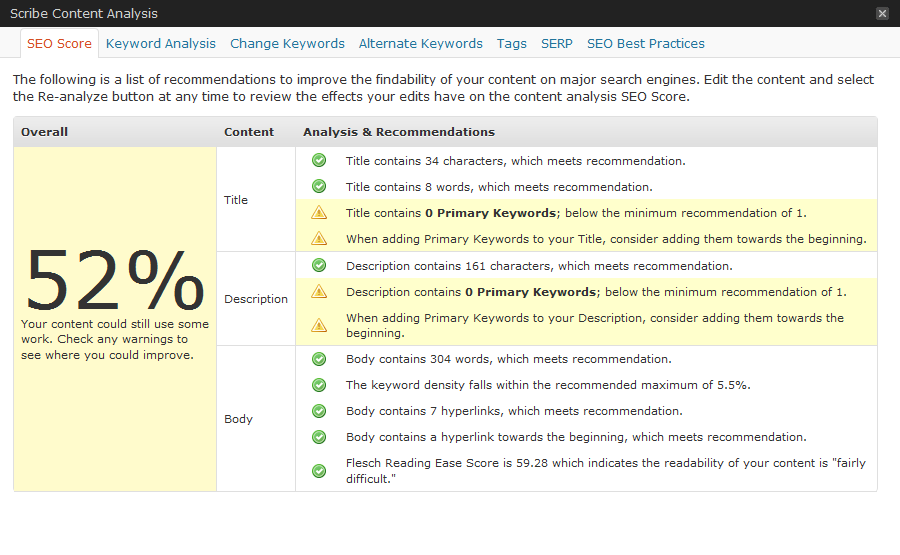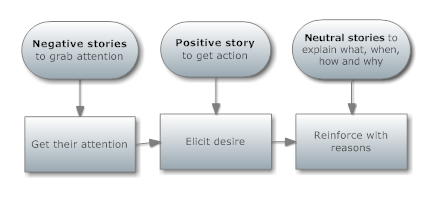 Is your blog like my tennis, a hit or miss? Are you writing posts that are clear winners for your readers? Are you steadily delivering valuable, relevant content within the lines of your readers’ needs?
Is your blog like my tennis, a hit or miss? Are you writing posts that are clear winners for your readers? Are you steadily delivering valuable, relevant content within the lines of your readers’ needs?
This week I’ve been watching the world’s best players battle it out on the courts in Cinncinati, Toronto, and Montreal. I’ve noticed a few things that applies to content marketing.
In one match, Marty Fish and Gilles Simon had a rally that lasted 33 shots. They exchanged power shots from the back court, until finally, one of them blinked and missed the line. Fish won, 7-6, 7-5.
Persistence and control is the name of the game. With me, I get impatient in a rally, and with a burst of aggression I’ll end the point with a whopping drive… clear out of the court.
I know people who blog like that. They write 600-900 words every few weeks, then wonder why they aren’t getting search traffic. Read More→













